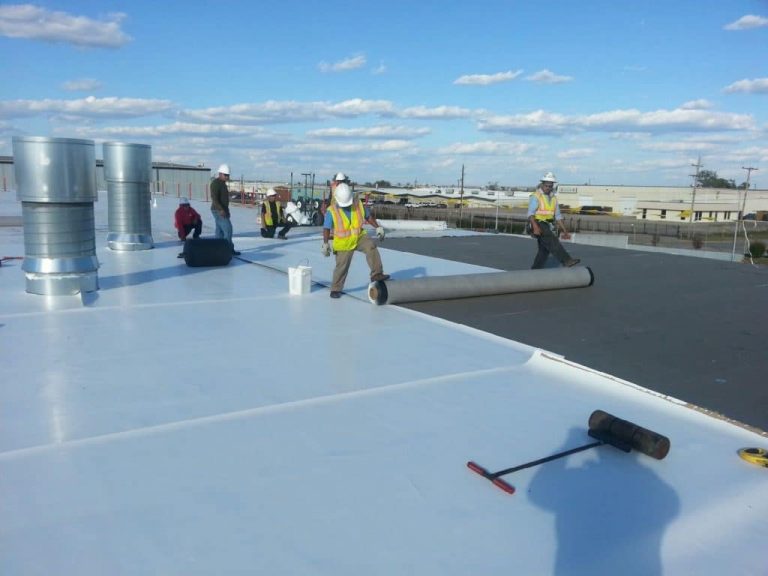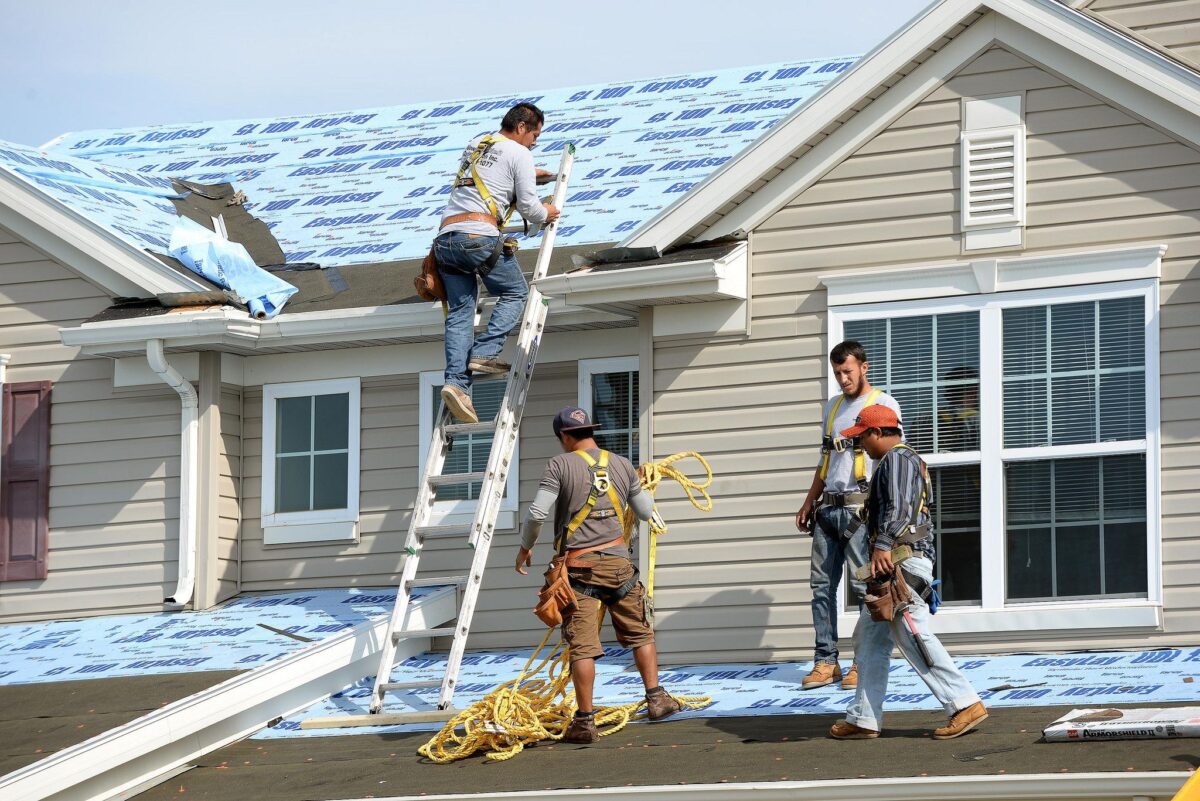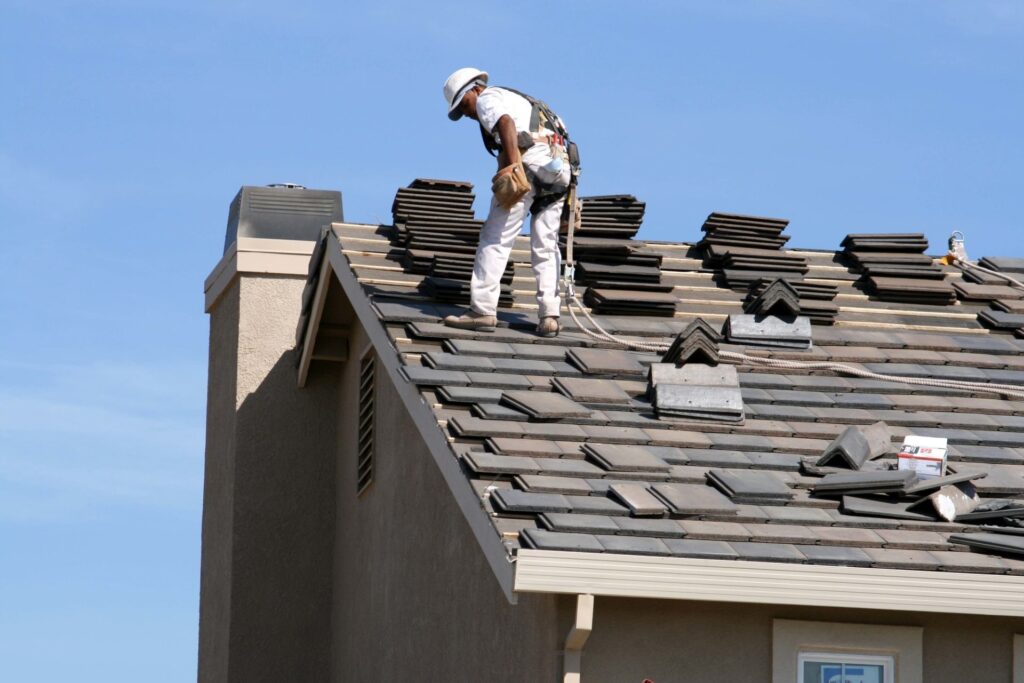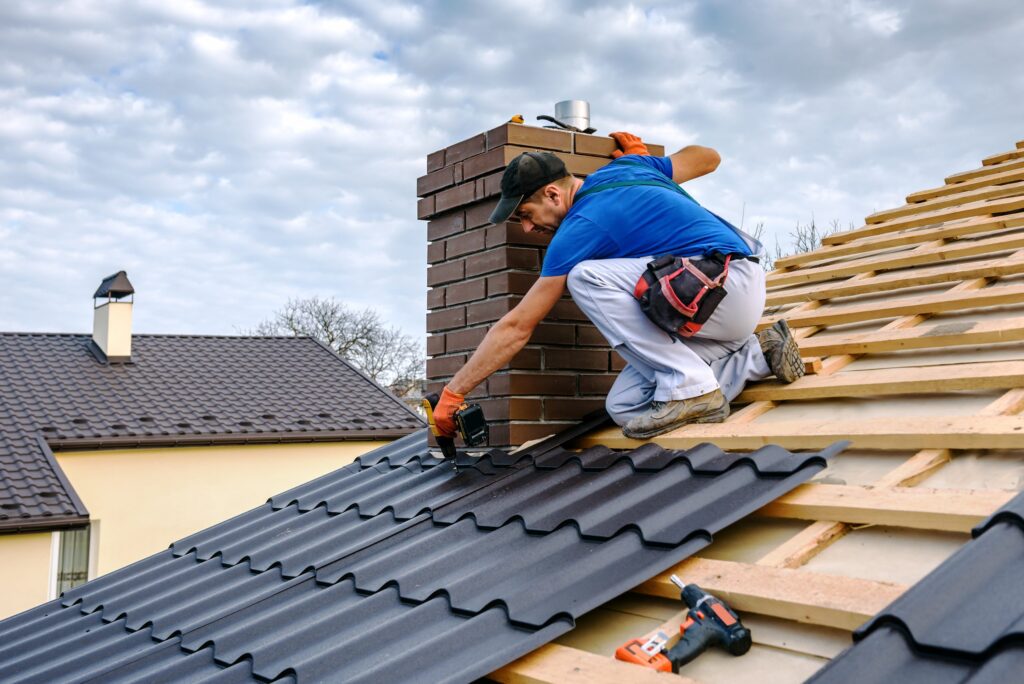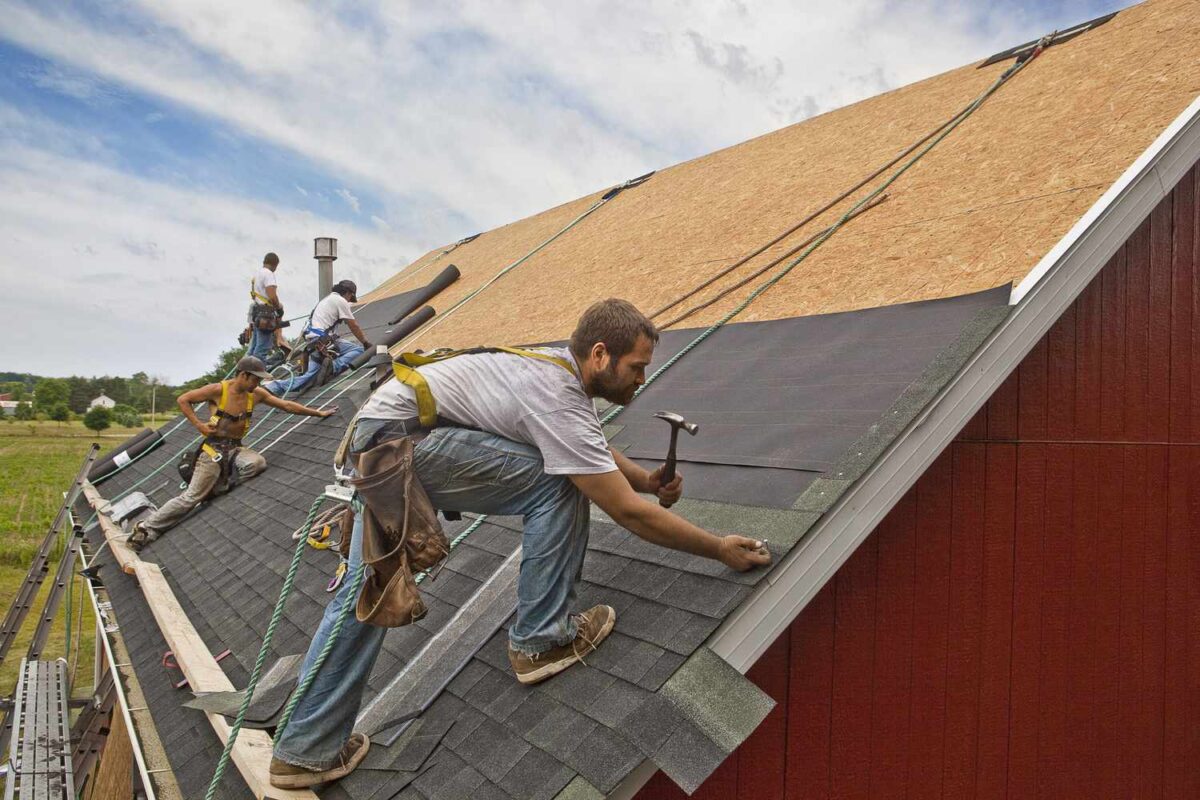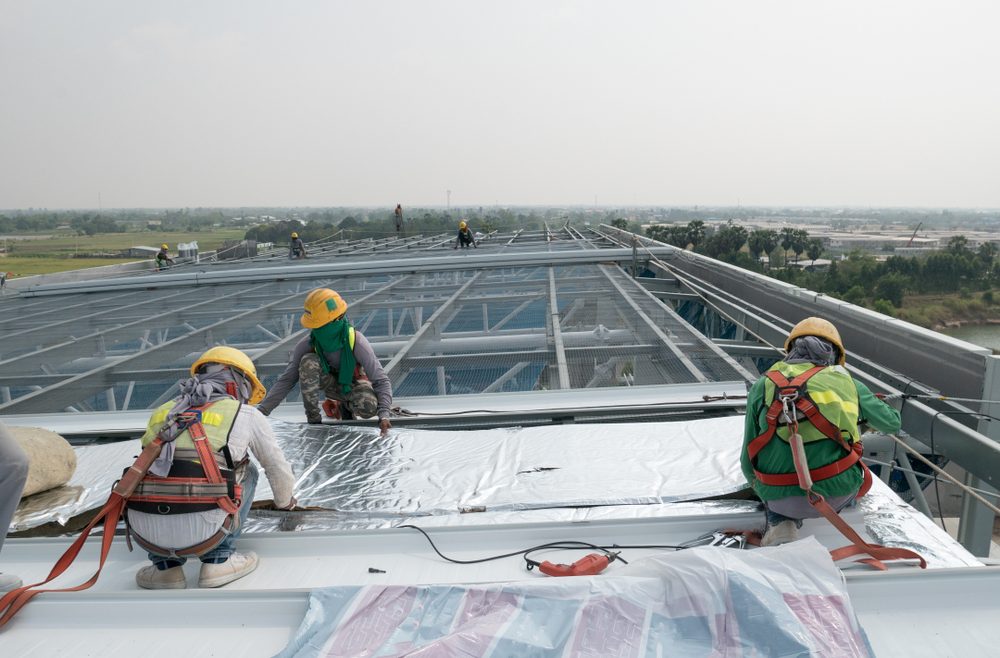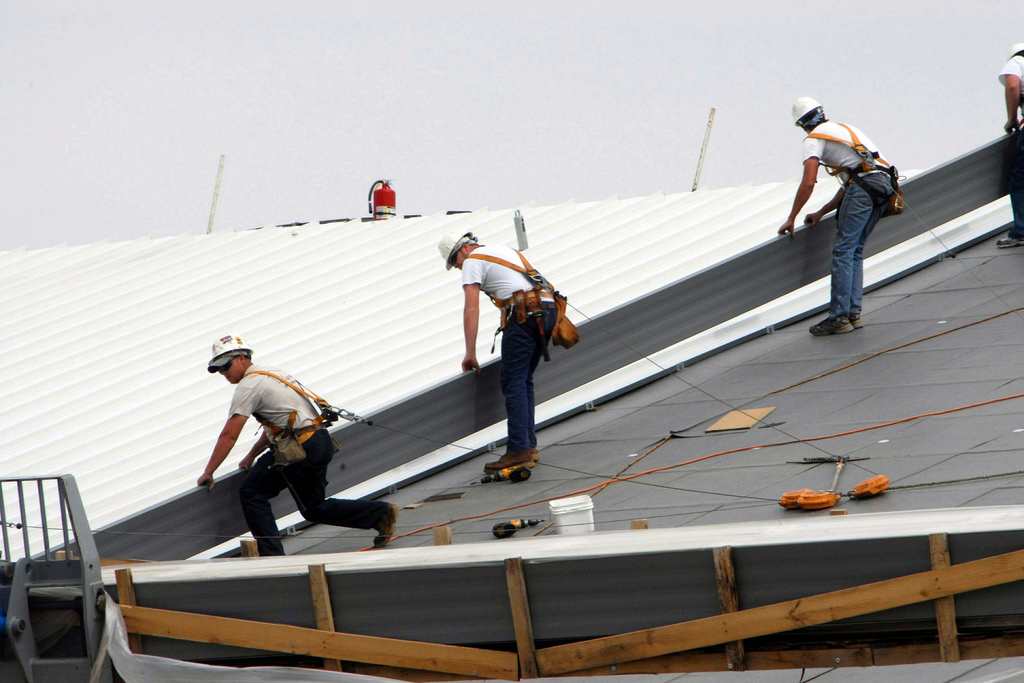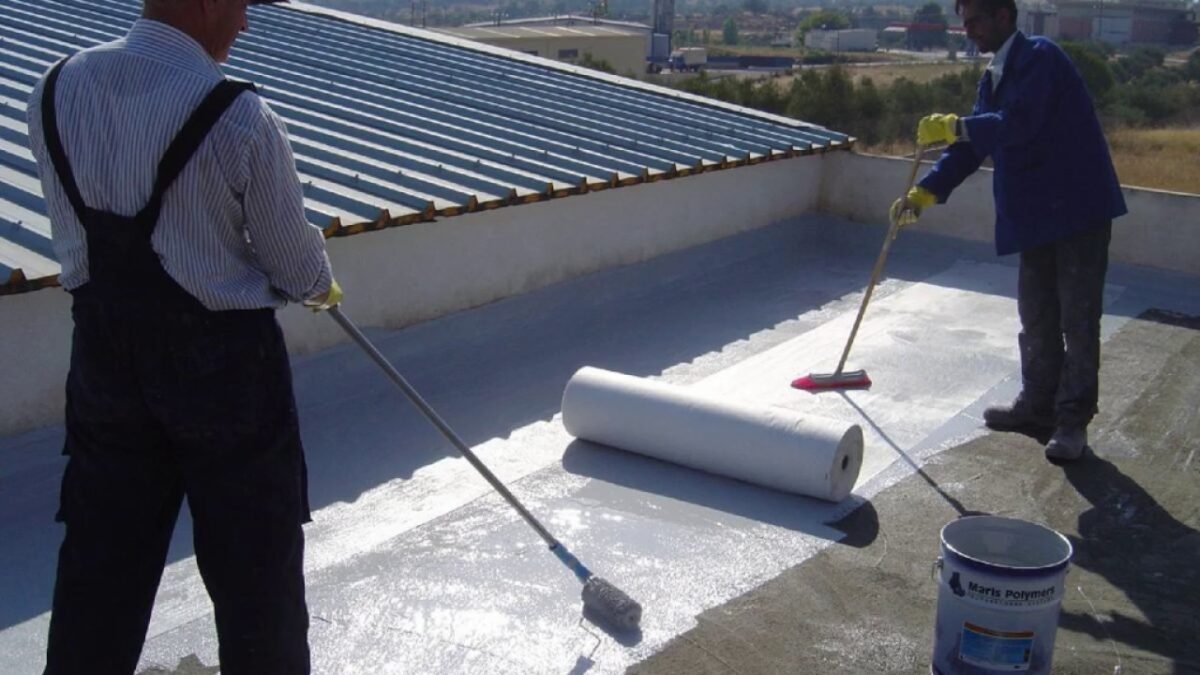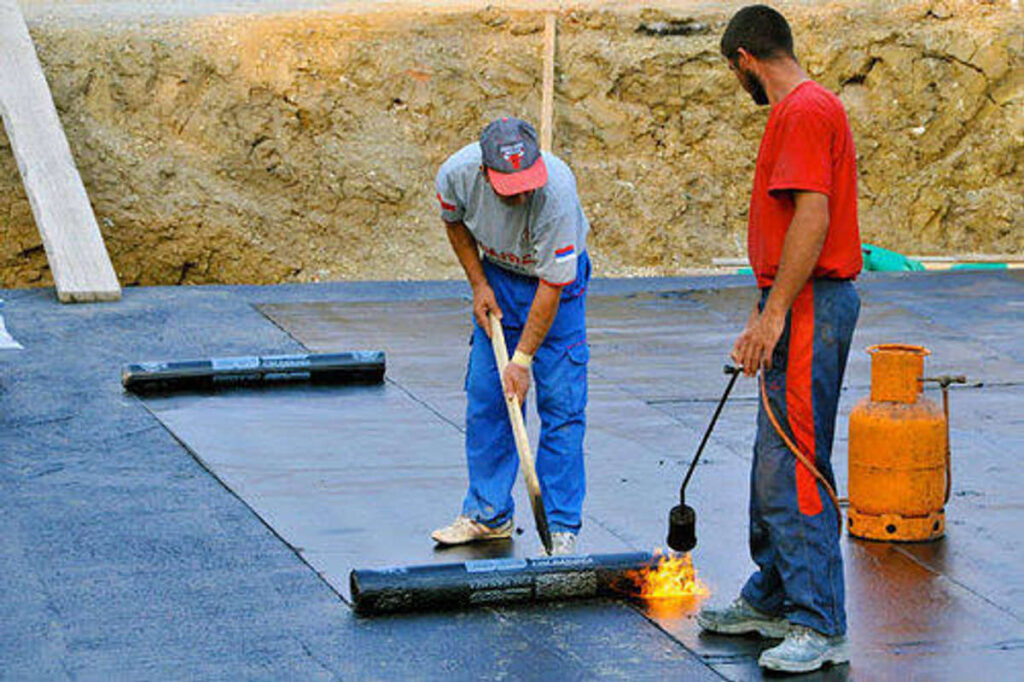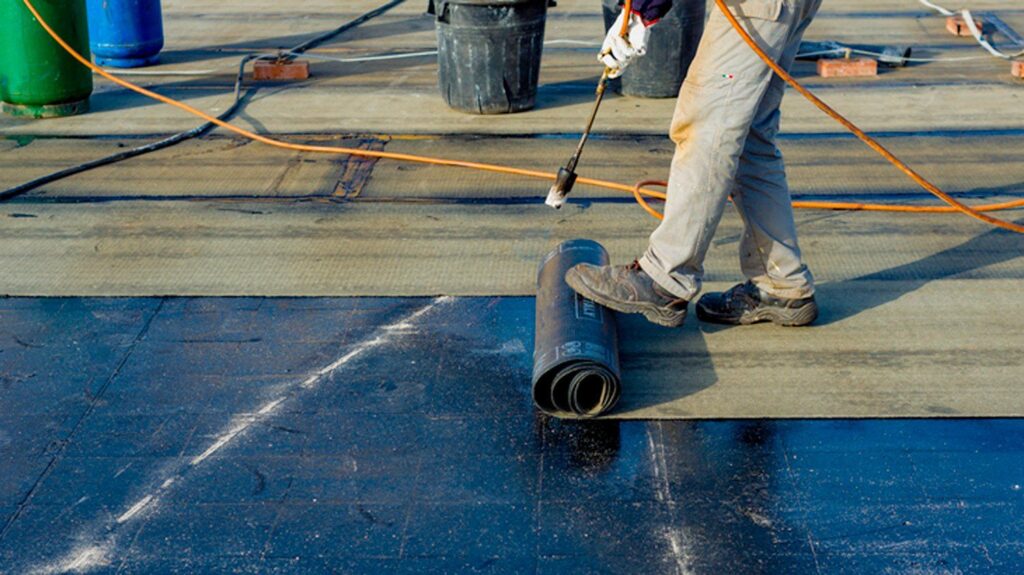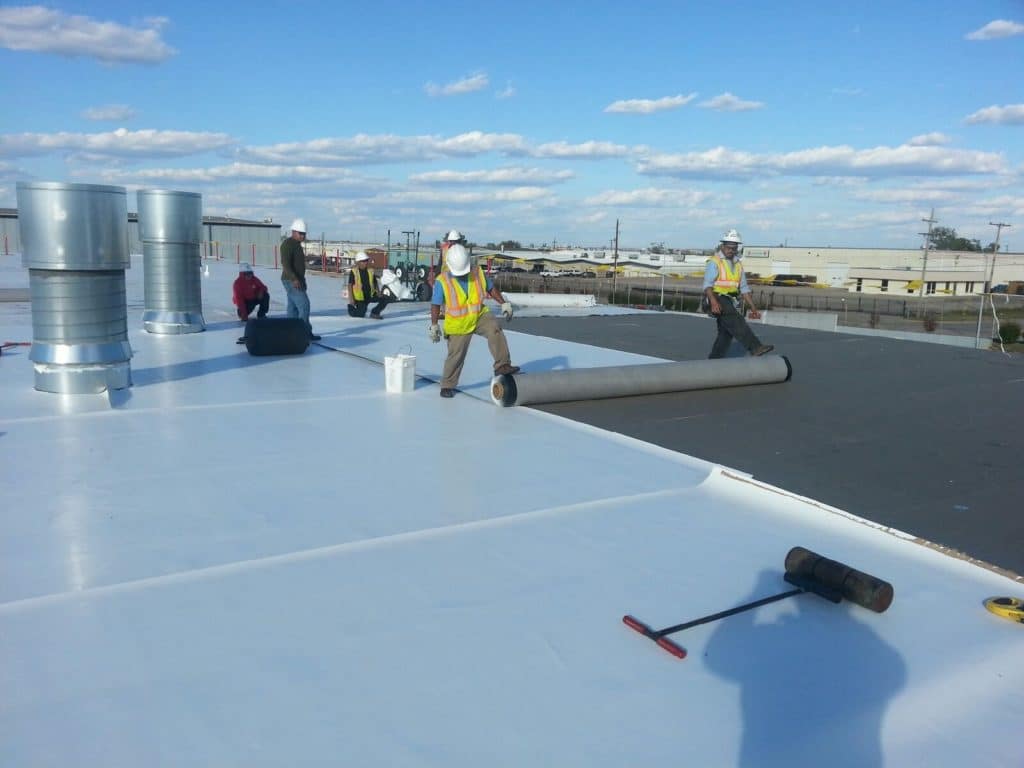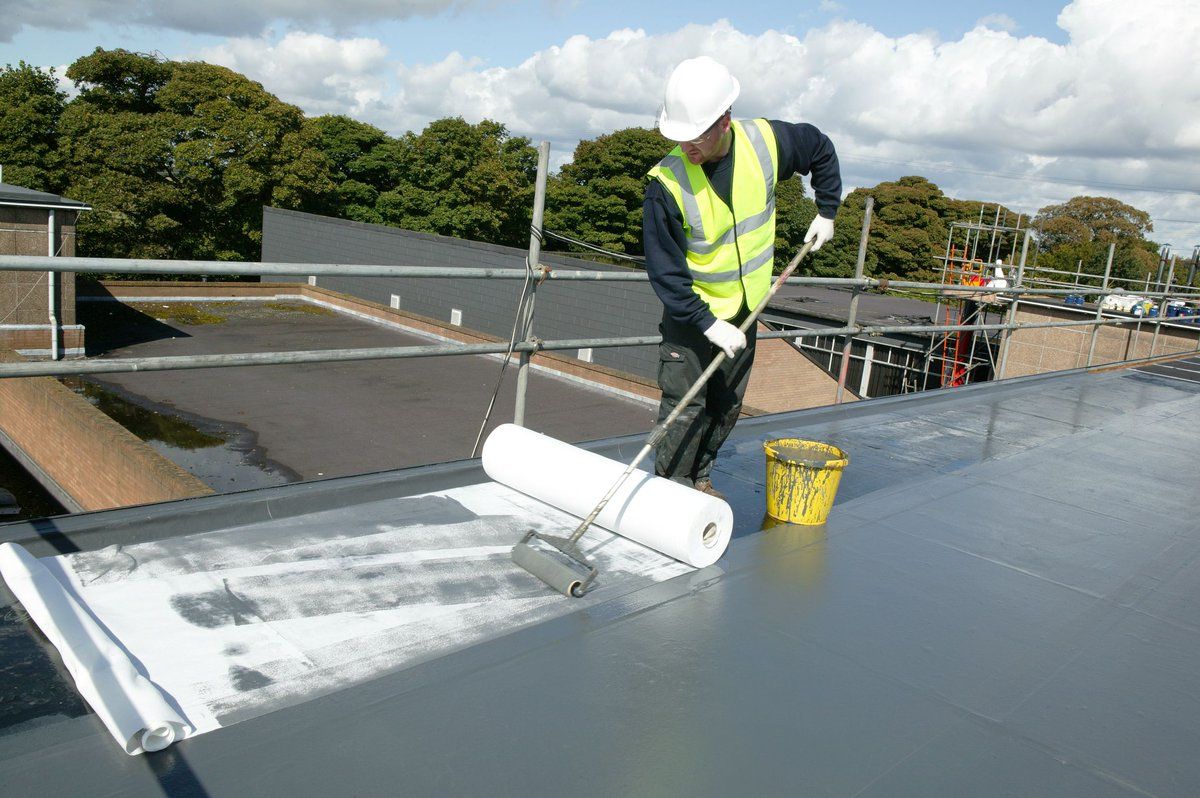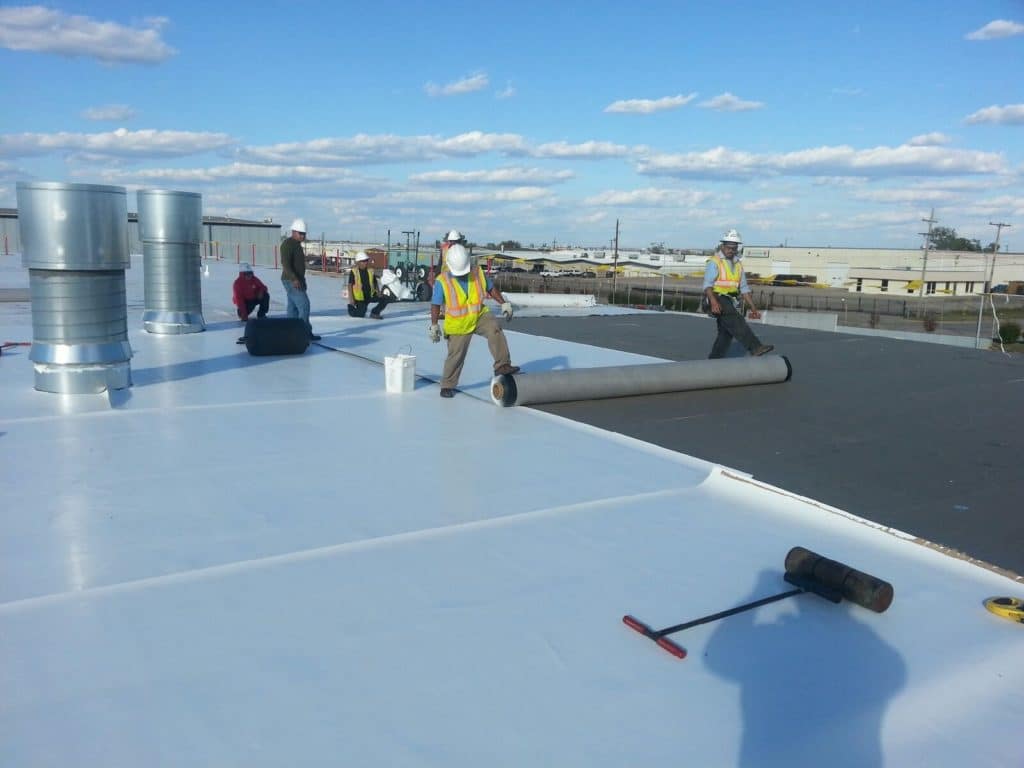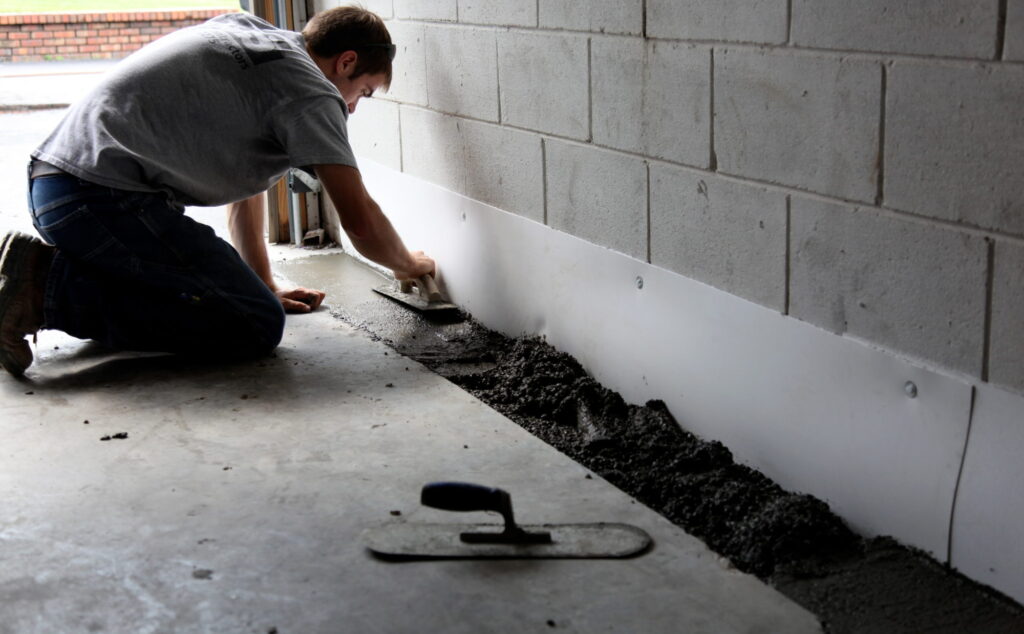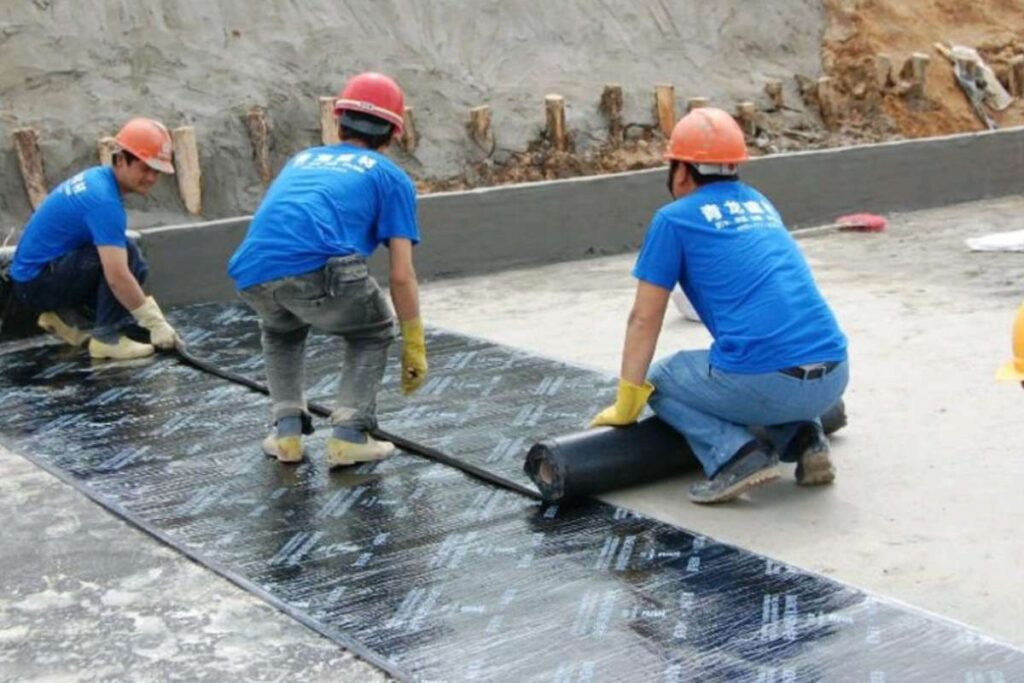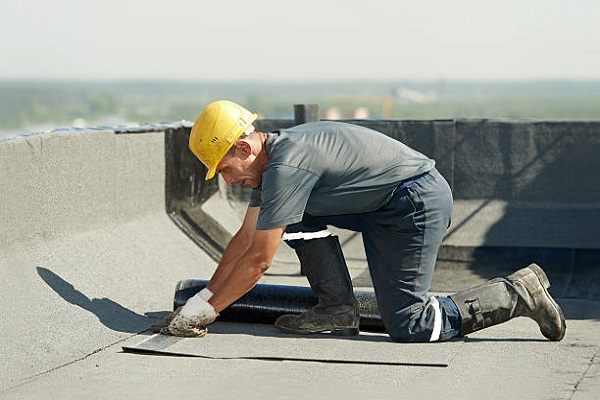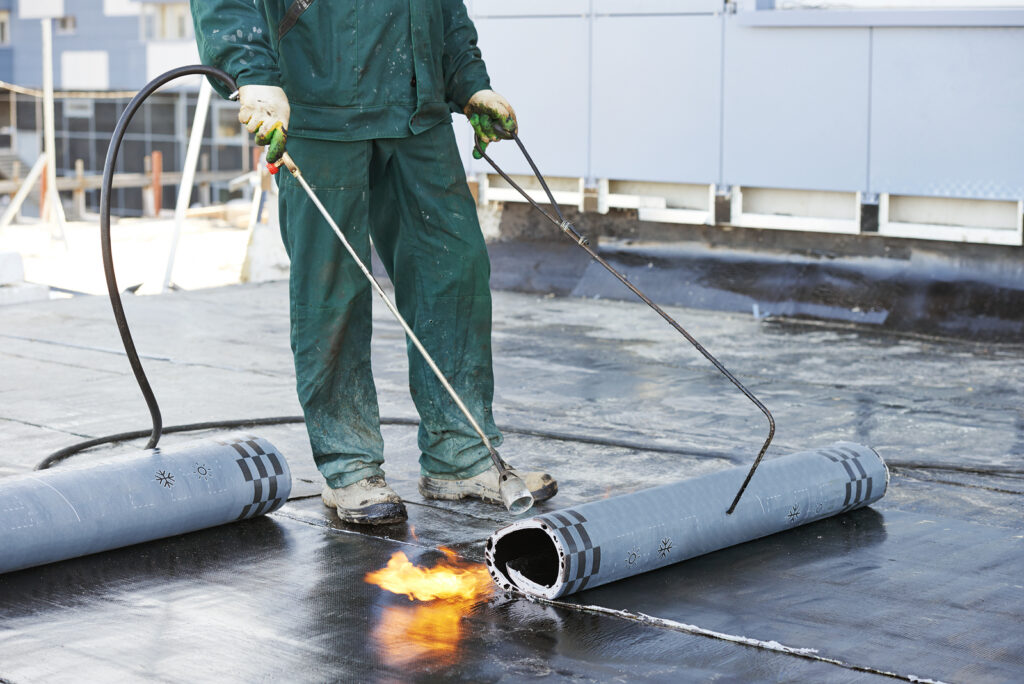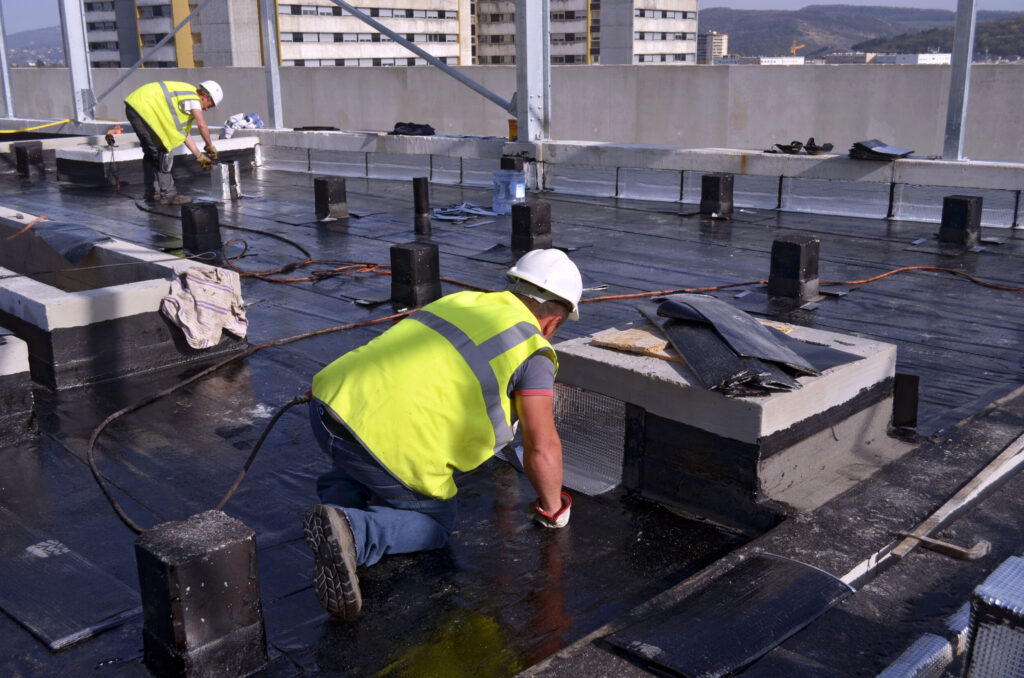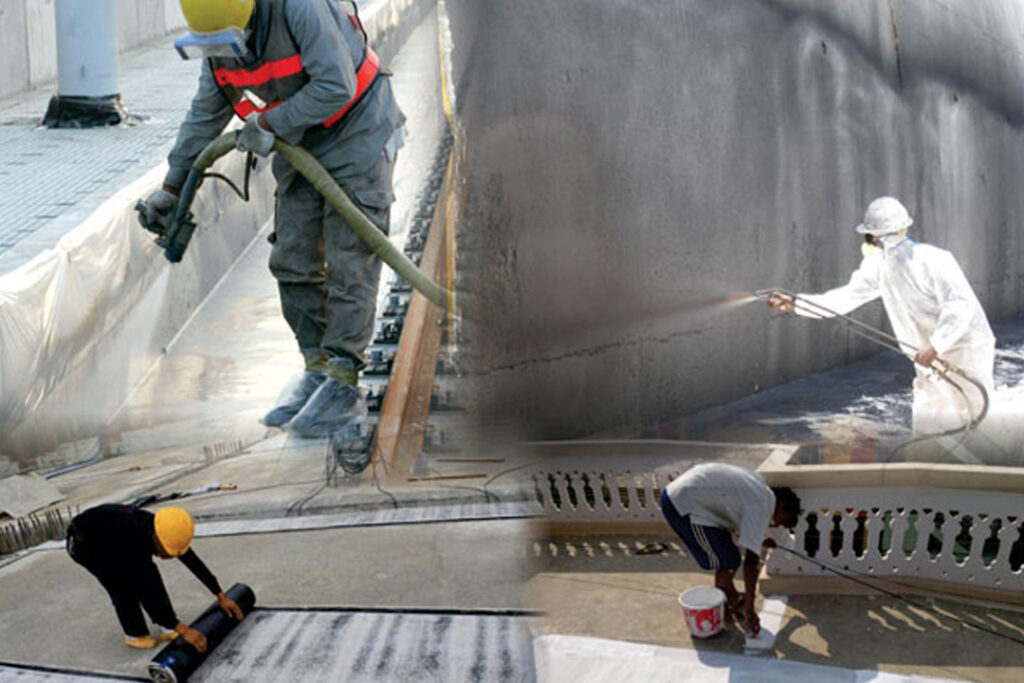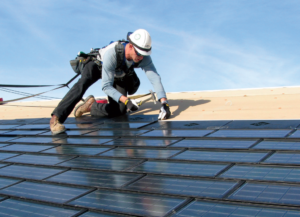In the bustling landscape of New York City, Reliance Group NYC stands as a beacon of excellence in building waterproofing contractors. Our commitment to preserving the integrity of structures against water damage is unwavering. With a deep understanding of the unique challenges posed by the urban environment, we offer tailored solutions that ensure longevity and resilience for buildings across the city.
Importance of Building Waterproofing
Water infiltration can lead to severe structural damage, compromising the safety and aesthetics of buildings. Waterproofing is not just a preventive measure; it’s a critical component of building maintenance. It protects against:
- Structural Deterioration: Water can erode the foundational elements, leading to costly repairs.
- Mold and Mildew Growth: Excess moisture fosters an environment for mold, posing health risks to occupants.
- Aesthetic Damage: Water stains and efflorescence can tarnish the appearance of buildings.
Reliance Group NYC addresses these issues with precision, ensuring buildings remain impervious to the detrimental effects of water.
Comprehensive Waterproofing Solutions
At Reliance Group NYC, we pride ourselves on offering a full spectrum of waterproofing services. Our expertise encompasses:
Foundation Waterproofing
The foundation is the bedrock of any building. Our advanced foundation waterproofing techniques prevent water from seeping through basement walls and floors. Utilizing state-of-the-art materials and methods, we create a robust barrier against groundwater infiltration.
Roof Waterproofing
Roofs are particularly vulnerable to water damage due to their exposure to the elements. We provide high-quality roof waterproofing solutions that include the application of waterproof membranes, coatings, and sealants. Our team ensures that every seam and joint is meticulously sealed to prevent leaks.
Facade Waterproofing
The facade is the first line of defense against weather conditions. Our facade waterproofing services protect against rain, snow, and humidity. We use breathable yet waterproof coatings that prevent water penetration while allowing the building to breathe.
Basement Waterproofing
Basements are prone to flooding and dampness. Our basement waterproofing services include interior and exterior solutions to keep basements dry. We install sump pumps, French drains, and vapor barriers to manage water effectively.
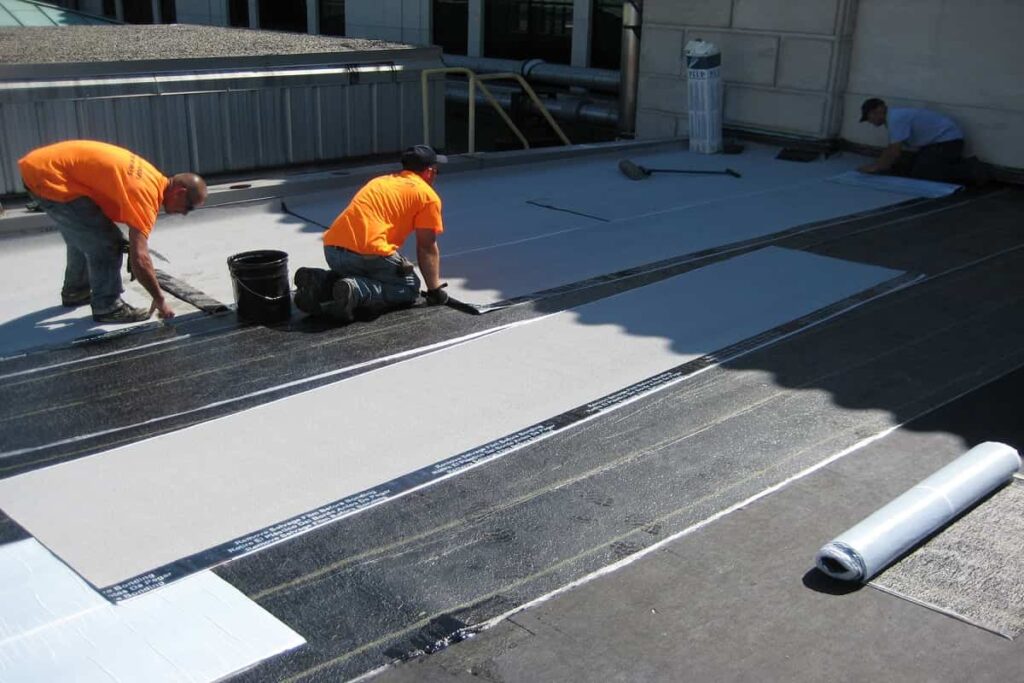
Balcony and Terrace Waterproofing
Balconies and terraces add value and appeal to buildings but can be problematic if not properly waterproofed. We apply specialized coatings and membranes that withstand heavy foot traffic and weather extremes, ensuring these areas remain dry and safe.
Innovative Waterproofing Techniques
Reliance Group NYC is at the forefront of innovation in waterproofing technology. We incorporate the latest advancements to deliver superior results:
- Liquid Applied Membranes: These offer seamless coverage and flexibility, ideal for complex structures.
- Crystalline Waterproofing: This method involves the use of crystalline compounds that penetrate concrete and block water pathways.
- Polyurethane Coatings: Known for their durability and elasticity, these coatings are perfect for high-traffic areas.
Customized Waterproofing Plans
Every building is unique, and so are its waterproofing needs. We conduct thorough assessments to identify vulnerabilities and tailor our services accordingly. Our customized plans ensure that all potential points of water entry are addressed comprehensively.
Why Choose Reliance Group NYC?
Expertise and Experience
With years of experience in the industry, Reliance Group NYC has honed its skills and knowledge. Our team comprises seasoned professionals who are adept at handling complex waterproofing challenges.
Quality Materials
We believe in using only the best materials to ensure lasting protection. Our partnerships with top manufacturers guarantee that our clients receive high-performance products.
Client-Centric Approach
Our clients are at the heart of everything we do. We prioritize communication and transparency, keeping clients informed at every step of the process. Our goal is to exceed expectations and build lasting relationships.
Comprehensive Warranties
We stand behind our work with comprehensive warranties. Our clients can have peace of mind knowing that their buildings are protected by our guarantee of quality and reliability.
Transforming NYC Buildings
Our portfolio of successful projects is a testament to our expertise. From residential buildings to commercial complexes, we have fortified numerous structures against water damage. Each project showcases our commitment to excellence and our ability to deliver results that stand the test of time.
Protect your building with the best in the business. Reliance Group NYC offers unparalleled waterproofing services that ensure durability and aesthetic appeal. Contact us today to schedule a consultation and discover how we can safeguard your property against water damage.

